To become leaders in the area of Smart Environment

Vision
To be a world leading Smart Environment Center that foster knowledge economy, enhance quality of life and create vibrant eco-system in Saudi Arabia through research that harness technology, and capacity building.
Alignment With Vision 2030
- To increase our capacity to welcome Umar visitors from 8 million to 30 million every year
- Have at least 5 Saudi Universities among the top 200 universities in International Rankings
- To have three Saudi cities be recognized in the top-ranked 100 cities in the world
- To rise from our current position of 25 to the top 10 countries on the Global Competitiveness Index
- To increase non-oil government revenue from SAR 163 billion to SAR 1 Trillion
- To increase the private sector’s contribution from 40% to 65% of GDP
Strength And Opportunity

A group of enthusiastic researchers/grad students with a variety of disciplinary of direct link to smart environment research
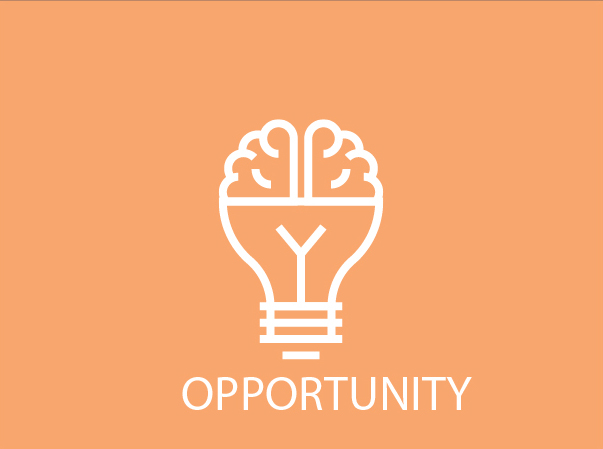
Smart environment initiatives are in the core of the Saudi 2030 vision objectives
MoE initiatives
NEOM
Current And Future Challenges
Infrastructure and Services
2009 Marked The First Time In History When More Than 50% Of The World’s Population Lived In Cities
By 2030 Urban Population Will Grow From Today’s 3.5 Billion To 4.7 Billion , Saudi Arabia Is Expected To Have 85% Of Its Population Live In The Cities , With An Annual Growth Rate Of Approximately 2%
Current And Future Challenges
Environmental Safety And Preservation Of Natural Resources
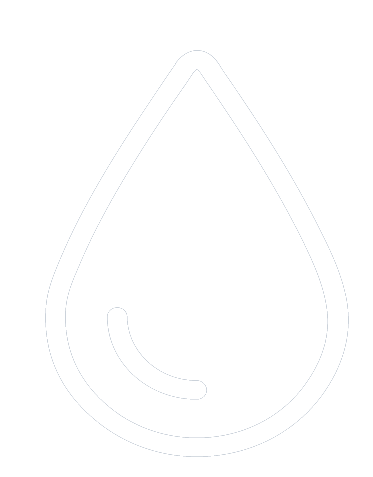
WATER
Consumption rate twice the world average
Demand for water is growing 7.5 annual
Depends on desalination water
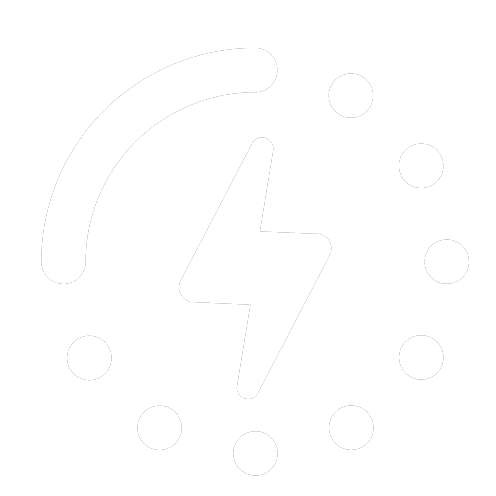
ENERGY
Power Consumption per capita is three times world average – the biggest in the Middle East
Nonrenewable resources: 58% of electricity supply comes from Oil, 42% from Gas
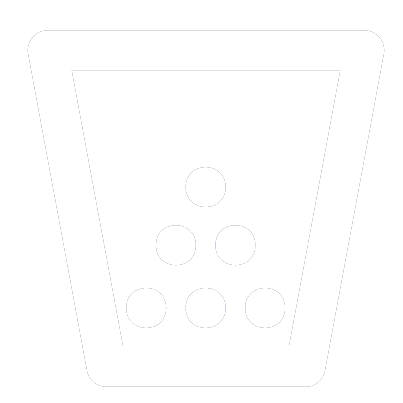
WASTE
Municipal Solid Waste generation is 63 Million tons per year, an average of 1.1 kg per person per day
Current waste management practices poses serious land and water pollution
Second highest share of greenhouse gas emissions after fossil fuels

GREENHOUSE GAS
EMISSION
UN statistics showed that KSA occupies the fifteen rank among the most producing countries on carbon emissions
Per capita emission are more than twice the G20 average
KSA scored poor performance in the Climate Change Performance Index (CCPI) in limiting the Global Warming by 2Co
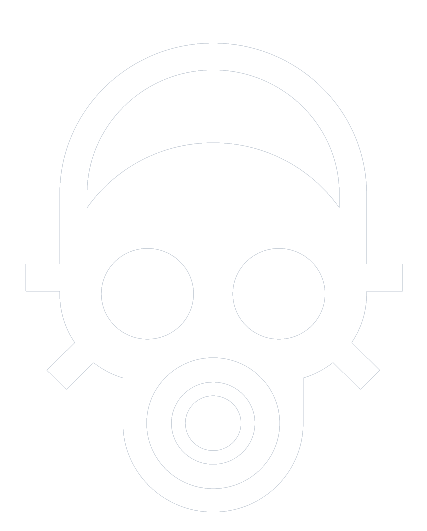
AIR POLLUTION
World Health Organization (WHO) stated that, as of 2016, Riyadh and Jubail were ranked 7th and 8th respectively most air polluted cities in the world
Resulted from daily consumption of 811,000 barrels of benzene and diesel for 12 million cars on Kingdom’s roads.
Current And Future Challenges
The 20 Worst Cities World world For Air Pollution
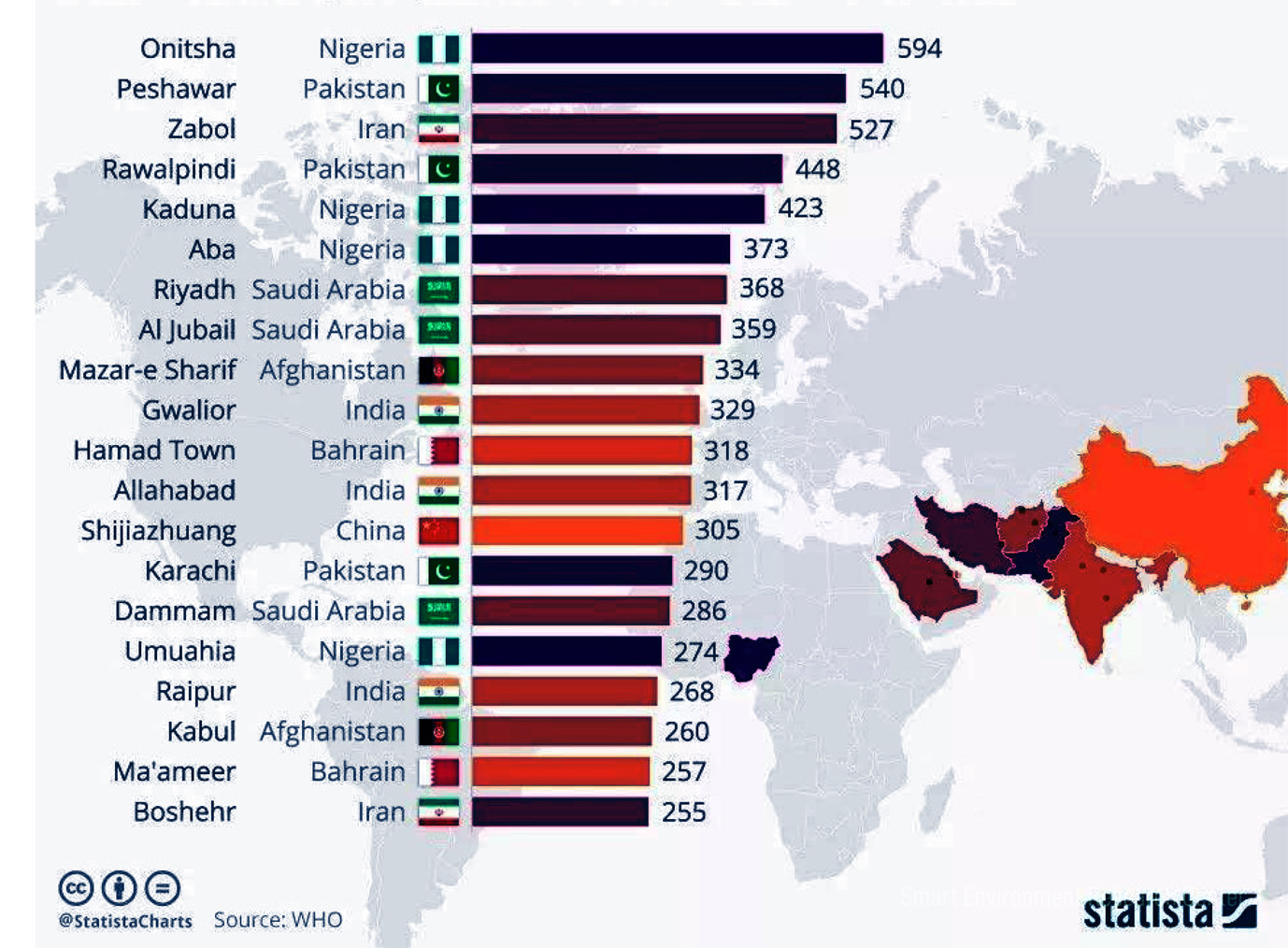
Current And Future Challenges
Cities ; The Pathway To A Smart Kingdom
Cities must play a leading role in delivering the three pillars of Vision 2030. They aim to create a vibrant, ambitious and thriving nation.
Prioritizing smart infrastructure in cities will create greater connections and communication between sectors and improve quality of life. It will allow them to operate effectively and flexibly. Generate new sources of revenue, whilst becoming more economically competitive and attractive to businesses and investment.

Challenges Due To Population Density In Ksa

PROBLEM I
Severe traffic congestion and the resultant increase in the rate and severity of pollution

PROBLEM II
Insufficient availability of services in education, healthcare, transportation and other related sectors to meet growing demand

PROBLEM III
Struggles to support the massive surges in population during Hajj and Umrah, which place an enormous strain on the country’s infrastructure and resources
Ceser Formation

Center Divisions
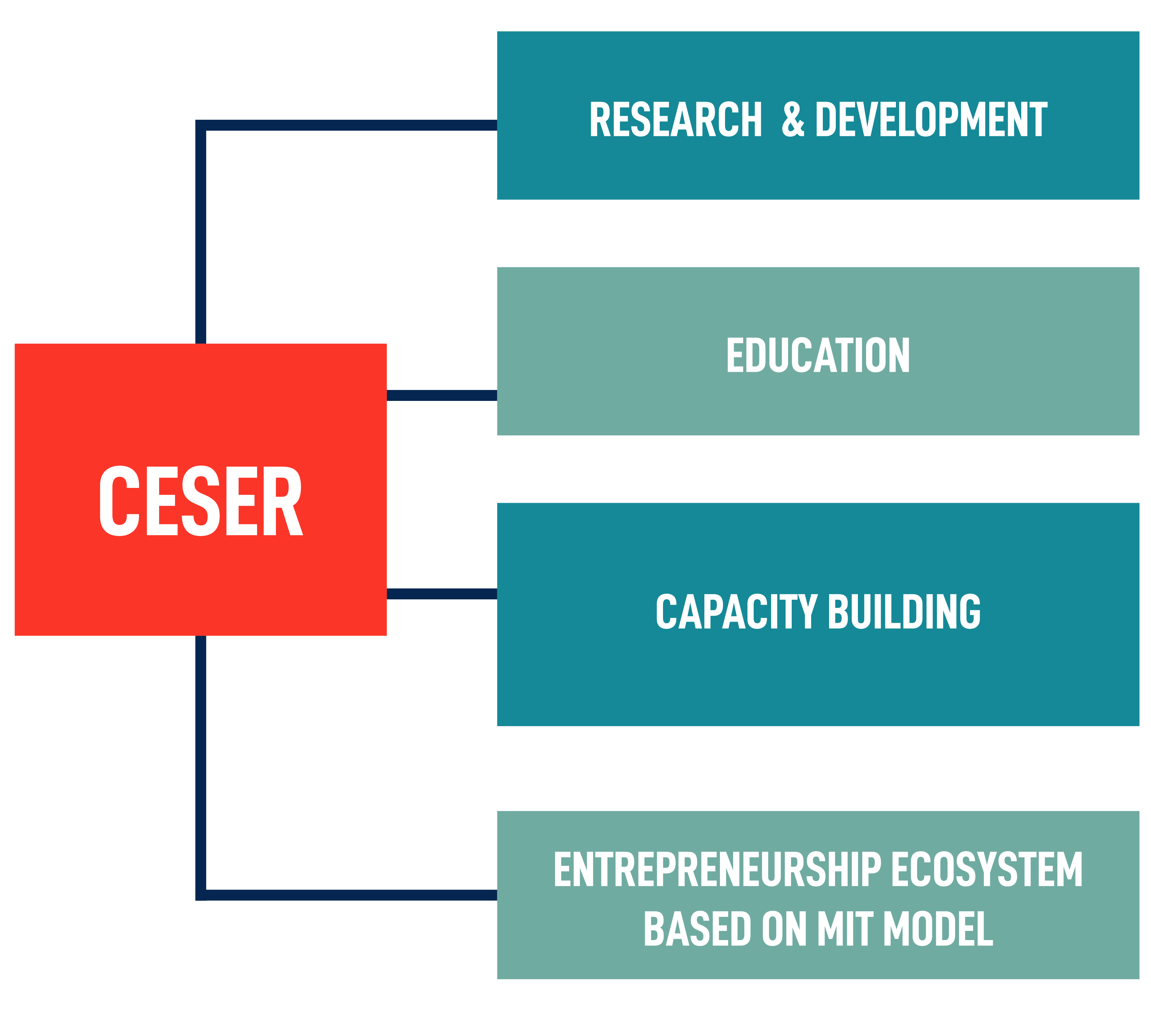
-The largest activity of the Center
-Outlined Next
-Course Development
-Entrepreneurship and innovation, hands , on education
-Training courses on smart cities technologies in three dimensions:
-Resources and Infrastructure (water, energy and mobility)
-Digital City (Big and open data, geo informatics)
-Social Innovation (new modes of governance and behavioral change).
Research & Development
1
Built Environment
Centralized Lightening Control System, Security Automation Systems, Energy and water management systems
2
Smart Incentives
Adapting people’s behavior to more efficient model
3
Health & Human Service
Digital Health Record, Telemedicine, Healthcare Analytics
4
Water & Wastewater
Water leakage & quality detection
5
Waste Management
6
Public Safety
emergency & disaster prevention & management
7
Payment & Finance
Linking payer & payee to all key contributors, i.e government, business, banks
8
Transportation
smart parking, Smart traffic routing
9
Telecommunication
Public Clouds, Software Defined Network, Security & Privacy Controls
10
Energy
Smart Grid and Smart Meters
The Team
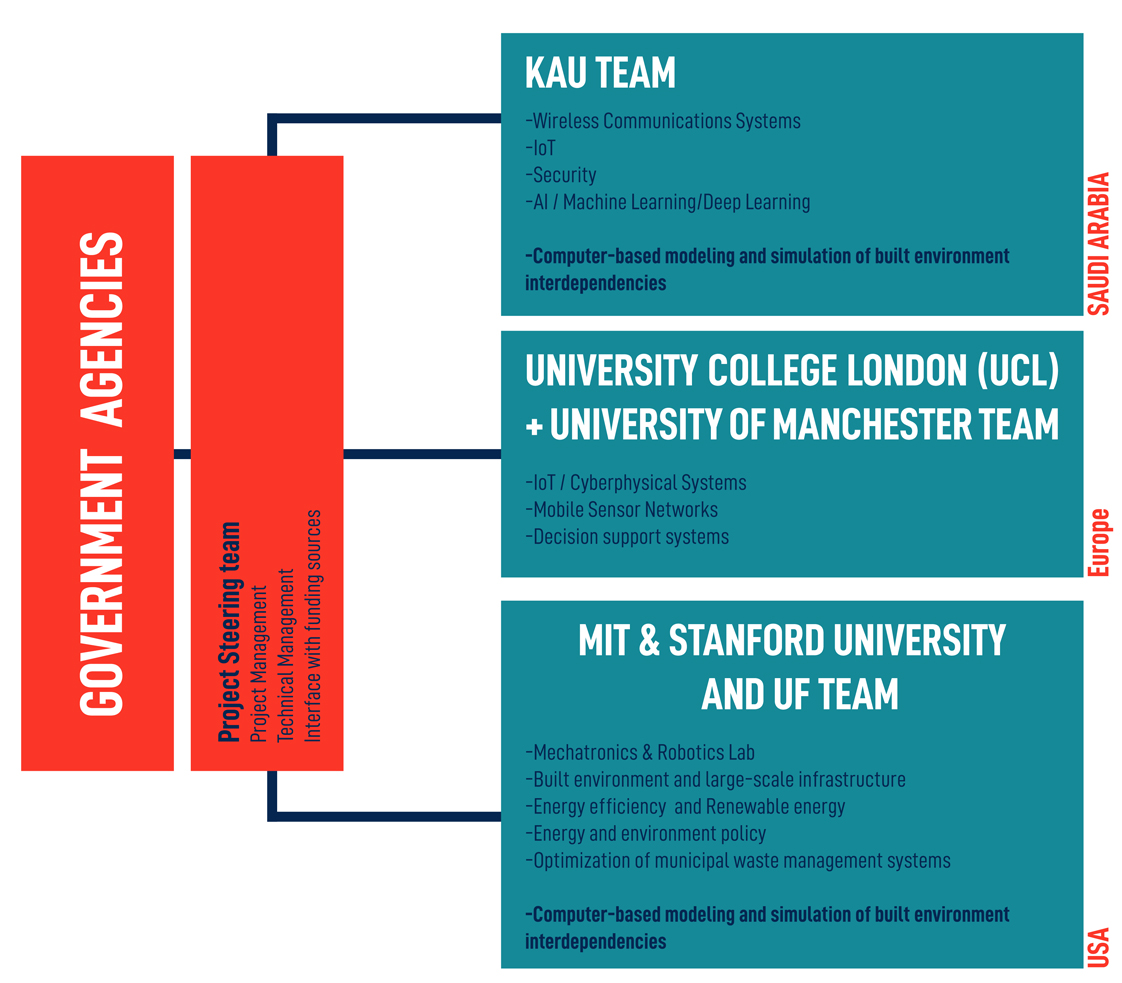
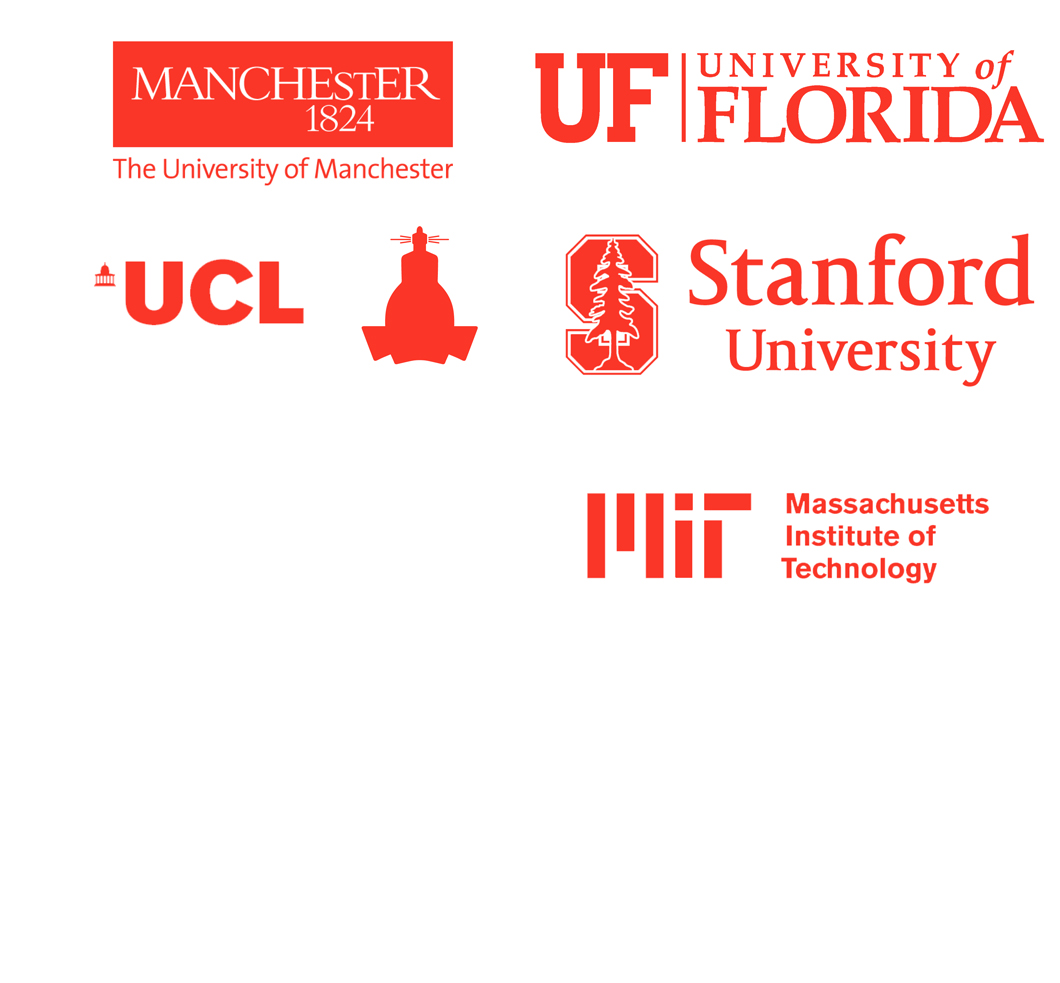
Other participants/stakeholders (companies, research groups, institutions) Implementation, Validation, Product Development
Design And Environmental Labs

Computing And Information Labs
Goals
SHORT TERM
1
Identify all technologies, strategies, applications, etc. to address and solve key challenges within a proposed smart city initiative
2
Aiming for a Collective integration between physical, IT and social aspects to generate intelligent information for decision makers
3
Encourage and educate the public about smart city paradigm
4
Form an executive committee (administrative) which will work as an umbrella to support all research activities regarding smart cities inside KAU
5
Create research groups that will mainly focus on smart environment projects
6
emergency & disaster prevention & management training courses and workshops for smart cities technologies for both public and private sectors
MEDIUM TERM
1
Design a Master program in Smart Environment (Multi-disciplinary)
2
Design a course on Smart Cities to be taught in three colleges (at least)
3
Any residence in a smart city should have access to all important services via his/her smart phone
4
Create an “Innovation Hub” inside KAU to support the smart and sustainable projects.
LONG TERM
1
King Abdulaziz University will be one of the top ten international universities in Smart Environment.
2
To raise the efficiency and the effectiveness of all services and activities inside the campus (or any smart environment model).
3
To achieve a balanced and sustainable life and increase the quality of living and support the community wellbeing.
4
Make the concept of “Saving of Energy & Water” as an essential idea in all future buildings.
5
KAU’s Campus will be an ideal model for any smart campus
6
Build a roadmap for transforming any ordinary city into smart environment
Action Plan - Nutshell
1
Develop a research road map for the center by facilitating collaboration with key partners in the government
2
Develop a set of courses relevant to smart cities in different disciplines in collaboration with relevant faculties in KAU
3
Study the development of an executive Master degree program in smart city with different tracks (at least two tracks at least, technical and administrative).
4
Organize the First International Conference on Smart Environment : Challenges and Opportunities
5
Encourage smart environment projects at the level of postgraduate and undergraduate by publishing a list of project topics and thesis proposals
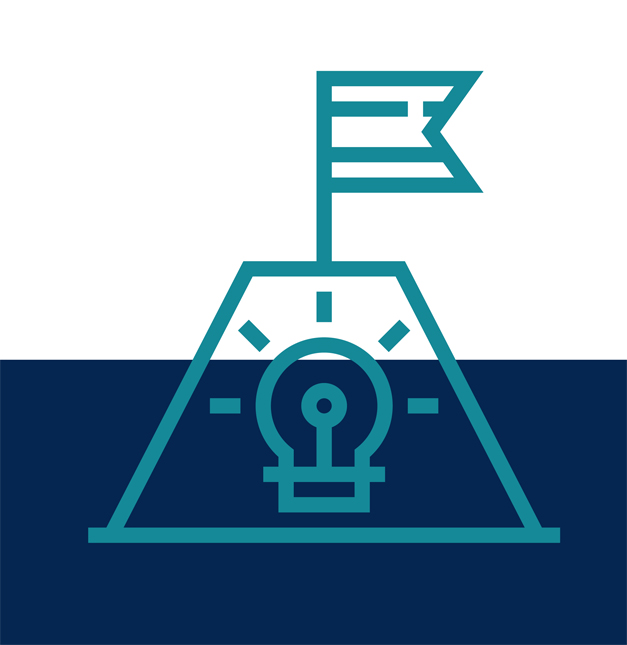
Opportunities
-MoE Research & Development Programs
- Post-Doc Training and Support
- International Collaboration Initiative
- Research Capital Fund
-UK-Gulf Institutional Links Grants by the British Council
Contact Us
Director
Dr.Felwa Abukhodair
Faculty of Computing and Information Technology
Deputy Director
Dr.Ahmad Fallatah
Faculty of Architecture & Planning


